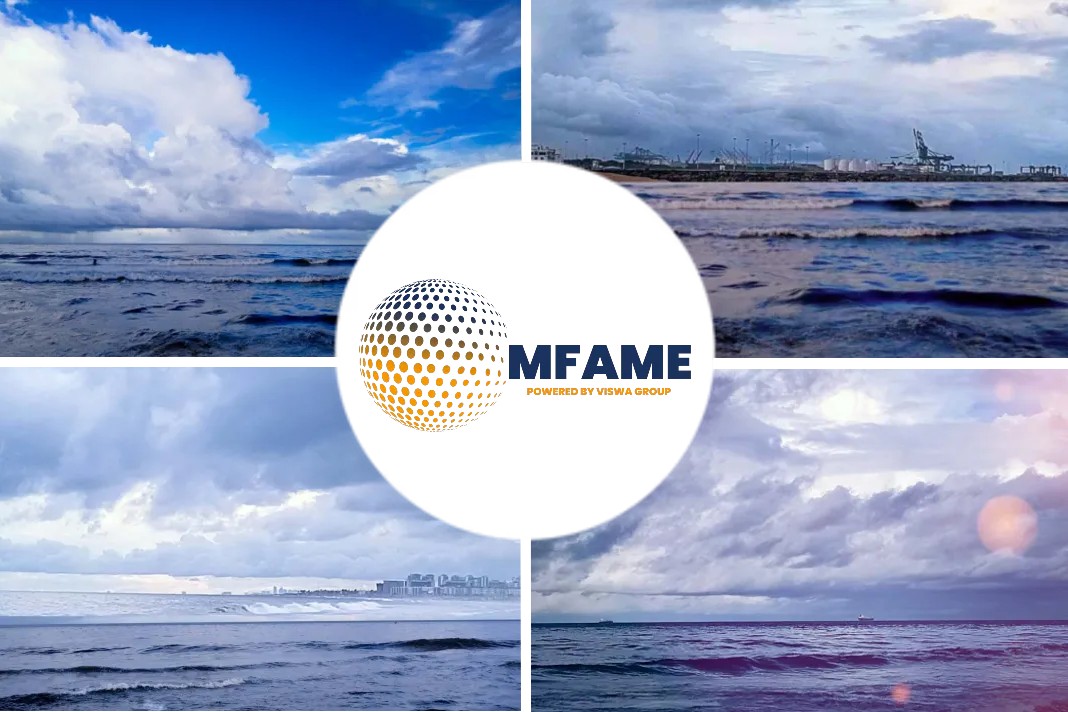
The International Maritime Organization (IMO) adopts a revised strategy to reduce greenhouse gas emissions from international shipping.
Tackling Harmful Emissions
Member States of the International Maritime Organization (IMO), meeting at the Marine Environment Protection Committee (MEPC 80), have adopted the 2023 IMO Strategy on Reduction of GHG Emissions from Ships, with enhanced targets to tackle harmful emissions. The revised IMO GHG Strategy includes an enhanced common ambition to reach net-zero GHG emissions from international shipping close to 2050, a commitment to ensure an uptake of alternative zero and near-zero GHG fuels by 2030, as well as indicative check-points for 2030 and 2040.
IMO Secretary-General Kitack Lim said: “The adoption of the 2023 IMO Greenhouse Gas Strategy is a monumental development for IMO and opens a new chapter towards maritime decarbonization. At the same time, it is not the end goal, it is in many ways a starting point for the work that needs to intensify even more over the years and decades ahead of us…”
2023 IMO Strategy
The 2023 IMO Strategy on Reduction of GHG Emissions from Ships (the 2023 IMO GHG Strategy) represents the continuation of work by IMO as the appropriate international body to address greenhouse gas (GHG) emissions from international shipping.
Vision: IMO remains committed to reducing GHG emissions from international shipping and, as a matter of urgency, aims to phase them out as soon as possible, while promoting, in the context of this Strategy, a just and equitable transition.
Levels of ambition : Levels of ambition directing the 2023 IMO GHG Strategy are as follows:
- carbon intensity of the ship to decline through further improvement of the energy efficiency for new ships to review with the aim of strengthening the energy efficiency design requirements for ships;
- carbon intensity of international shipping to decline to reduce CO2 emissions per transport work, as an average across international shipping, by at least 40% by 2030, compared to 2008;
- uptake of zero or near-zero GHG emission technologies, fuels and/or energy sources to increase uptake of zero or near-zero GHG emission technologies, fuels and/or energy sources to represent at least 5%, striving for 10%, of the energy used by international shipping by 2030.
Indicative Checkpoints
Indicative checkpoints to reach net-zero GHG emissions from international shipping:
- to reduce the total annual GHG emissions from international shipping by at least 20%, striving for 30%, by 2030, compared to 2008; and
- to reduce the total annual GHG emissions from international shipping by at least 70%, striving for 80%, by 2040, compared to 2008.
To read the entire guidelines click here
Did you subscribe to our daily Newsletter?
It’s Free! Click here to Subscribe
Source: IMO

















qiyezp.com
Zhang Heling은 기억하는 것 같았습니다. “정말로 내 동생을 위해 말했습니까?”
shopanho.com
내시가 급히 다가와 말했다.
Ad usum internum — Для внутреннего употребления.
sm-casino1.com
지금까지 황실 전하는 돈을 갚을 기미가 보이지 않습니다.
jelenakaludjerovic.com
Zhu Zaimo는이 말을 듣고 일어나 Hongzhi 황제에게 절했습니다.